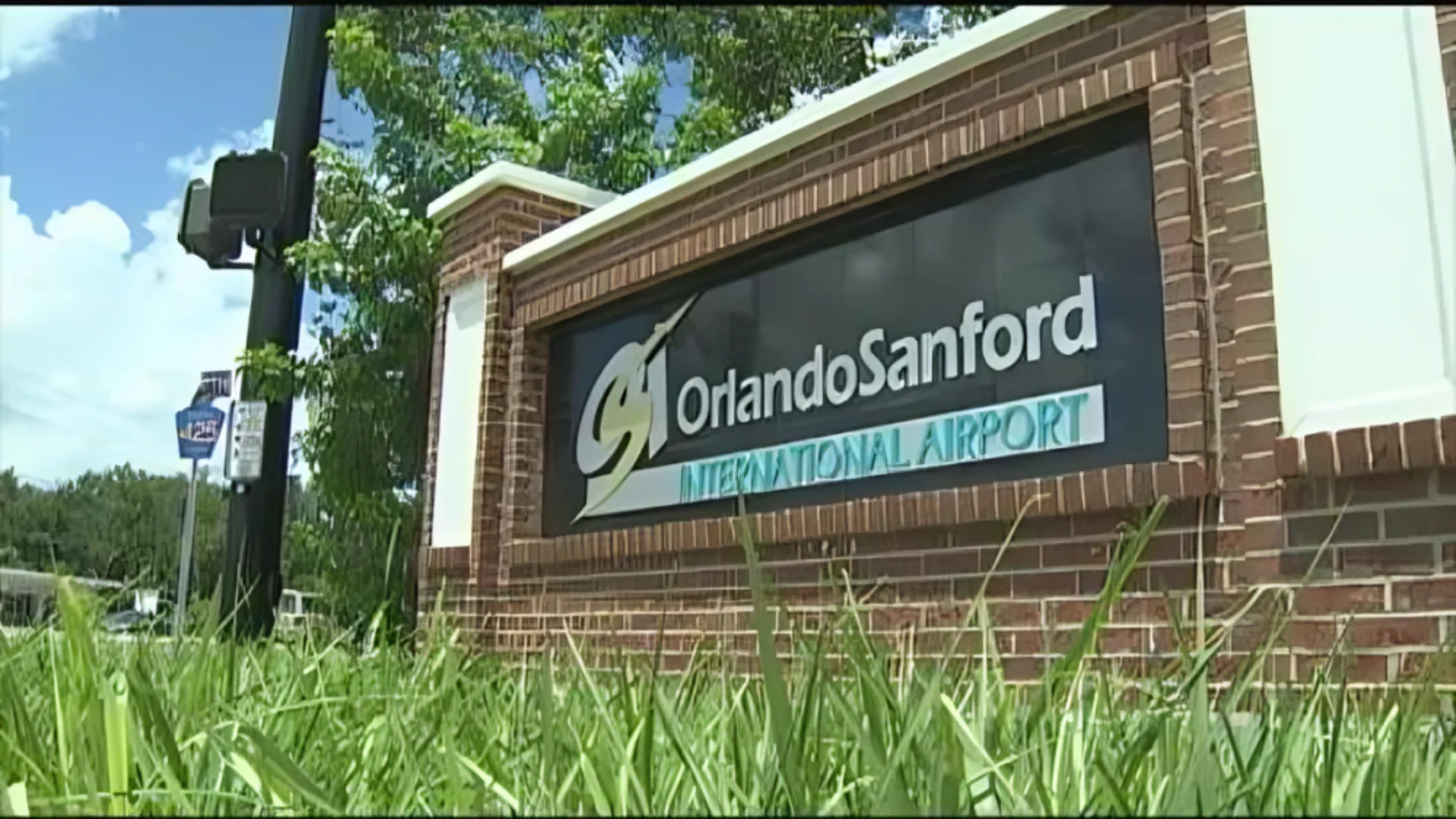Sanford’s history dates back to its origins as Naval Air Station Sanford before transitioning to civilian use in 1969. According to the Federal Aviation Administration (FAA), it is classified as a medium-sized multiuse airport and acts as a reliever facility for general and business aviation. The airport has also reported higher-than-average bird activity resulting in more frequent bird strikes.
Located roughly 20 miles north of Orlando International Airport and further from Walt Disney World and downtown Orlando than MCO, Sanford remains within driving distance of key attractions. The airport promotes itself by stating: "flying into Orlando Sanford International Airport puts you in the middle of Florida’s most popular destinations," adding that you can "explore the local hotspots, family-fun attractions, and amusement parks close by."
Sanford features two terminals—A and B—connected internally. Both offer dining and shopping options; Terminal B houses all Allegiant check-in desks but some flights depart from Terminal A. Amenities include car rentals on-site, short- and long-term parking options, free WiFi throughout both terminals, and various retail outlets such as newsstands and restaurants.
While Sun Country Airlines operates charter services at Sanford and Arajet plans to launch flights to Punta Cana later in 2025, current scheduled operations are dominated by Allegiant Air using Airbus A320 or Boeing 737 family aircraft. In August 2025 alone, Cirium data indicates there are 1,576 scheduled flights carrying approximately 281,000 seats—all operated by Allegiant.
Allegiant Air maintains a fleet of 132 aircraft consisting of A319s, A320s, and new Boeing 737 MAX 8 jets. Headquartered in Las Vegas since commencing operations in 1998, Allegiant ranks as North America’s fourteenth-largest airline by size and serves 126 destinations nationwide.
According to Bureau of Transportation Statistics data covering May 2024 through April 2025: "Orlando Sanford is the busiest Allegiant airport," with "1.4 million passengers" enplaned during that period. St. Petersburg followed closely with 1.3 million passengers; Punta Gorda had 1.1 million; Phoenix recorded one million; Las Vegas also reached one million enplanements. Overall for that year-long period: "Allegiant carried 17.4 million passengers," serving "126 markets" with "121,000 departures." The airline reported an average load factor of "83.1%" and operating revenue of "$2.5 billion." It notes: "in order to keep fares as low as possible, Allegiant offers many a-la-carte services you can add to your travel itinerary for a fee."
Allegiant’s route network tends toward longer domestic sectors compared with legacy carriers like Delta or American Airlines but falls short of JetBlue’s average segment length.
The busiest routes out of Orlando Sanford in August are Lehigh Valley International Airport (Pennsylvania) with fifty one-way flights scheduled; McGhee Tyson Airport (Tennessee) with forty; Asheville Regional Airport (North Carolina) with thirty-nine; Cincinnati/Northern Kentucky International Airport (Kentucky) with twenty-two; Bangor International Airport (Maine) with twenty; Bishop International Airport (Michigan) also with twenty scheduled departures each way during the month.
Most destinations served from Sanford are medium-sized or regional airports where Allegiant faces little direct competition from larger carriers.
Despite its advantages—less congestion than MCO and ease of access for those near relevant departure points—Sanford comes with caveats: travelers must be comfortable flying exclusively on Allegiant Air due to its operational monopoly at the airport; international options remain limited until new routes commence; most inbound traffic originates from small- or mid-sized U.S. cities rather than major hubs.
For those who fit these criteria—and live within reach of an airport served by Allegiant—Orlando Sanford may provide a convenient alternative regional gateway compared to MCO’s annual throughput of nearly sixty million passengers versus Sanford's approximate total of just under three million annually.
 Alerts Sign-up
Alerts Sign-up




































